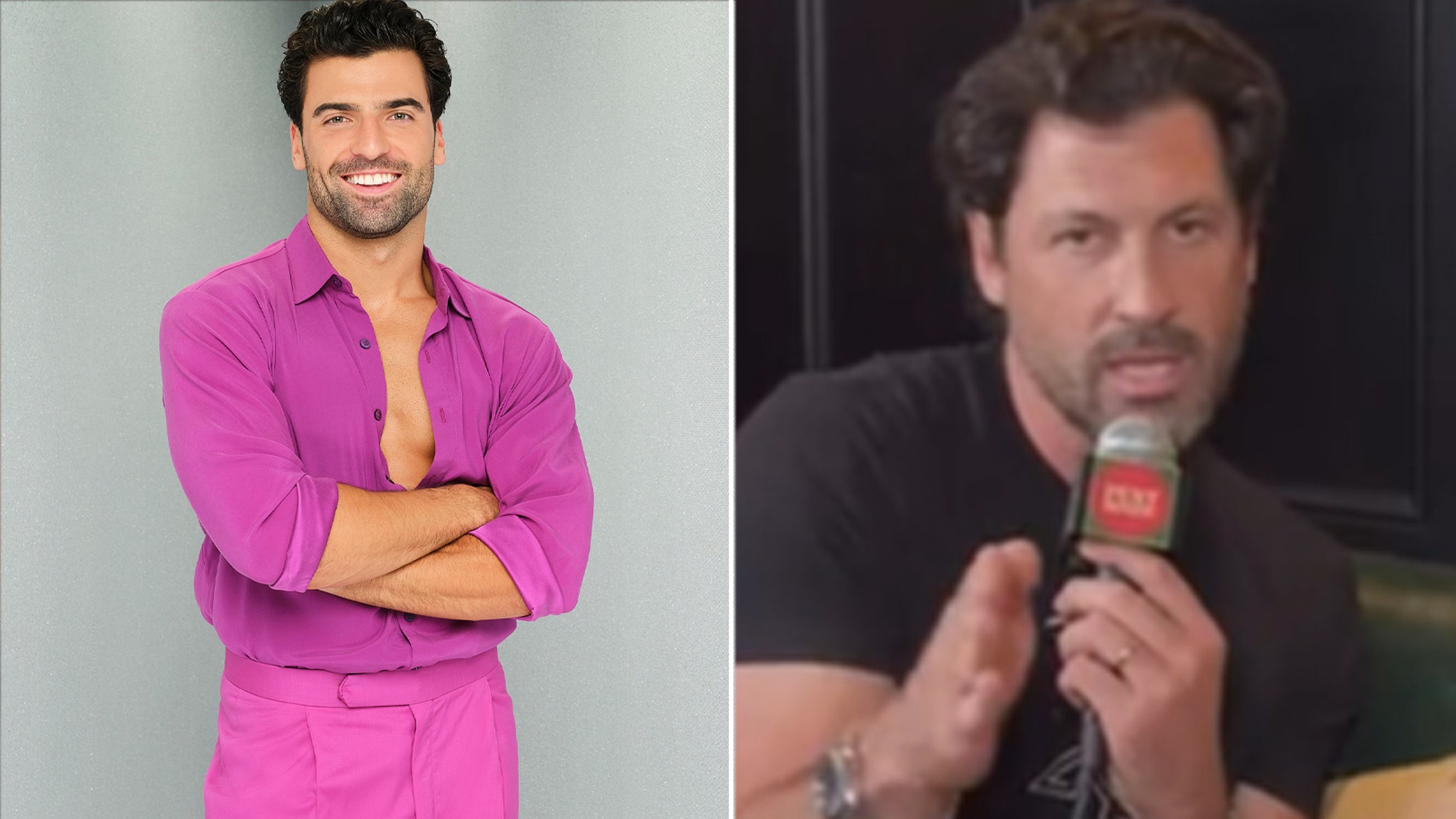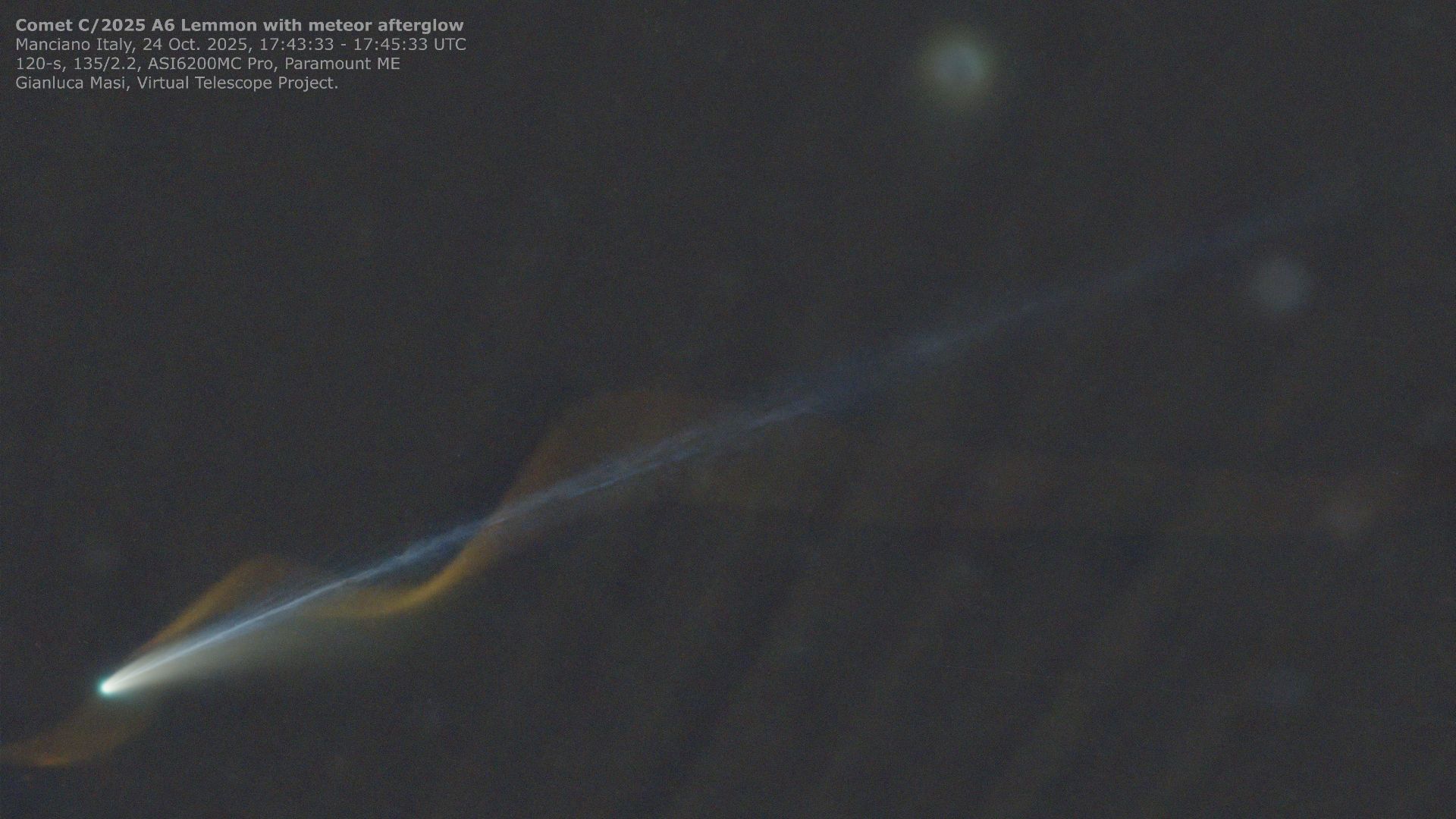Stargazers will have plenty of opportunities to see some meteors streaking across the night sky during the next two weeks.
Three different summer meteor showers — including the highly touted Perseid meteor shower — are currently active. And the best is yet to come, because the Perseid meteors will be reaching their peak rate of activity in the coming weeks.
Known as one of the top meteor showers of the year because of its many bright shooting stars, the Perseid shower started producing some meteors on July 17 and will continue to do so through Aug. 23, according to the American Meteor Society.
This meteor shower is expected to reach its peak during the late-night hours on Aug. 12 into the pre-dawn hours on Aug. 13, the society says.
One drawback: The August moon will be almost 85% full on the peak night, so the moonlight may block out some of the fainter shooting stars, Space.com notes.
“Viewers should start observing around 11 p.m. local time when the rates of shooting stars increase and can watch the sky until dawn,” the website says.

Other active meteor showers
Southern Delta Aquariids: This meteor shower is also considered to be a strong one, but it is “best seen from the southern tropics,” the AMS says. “North of the equator the radiant is located lower in the southern sky and therefore rates are less than seen from further south.”
The Southern Delta Aquariids became active on July 18 and will continue to be active through Aug. 12. Peak activity is expected on the night of July 29 through the pre-dawn hours of July 30, according to the AMS.
Alpha Capricornids: This meteor shower became active on July 12 and will continue to be active through Aug. 12. Peak activity is expected on the night of July 29 through the pre-dawn hours of July 30, according to the AMS.
Worth noting: Although this meteor shower produces only about five meteors per hour, which is considered low, it is known for generating some bright fireballs.
Thank you for relying on us to provide the local news you can trust. Please consider supporting NJ.com with a voluntary subscription.
Len Melisurgo may be reached at LMelisurgo@njadvancemedia.com or on X at @LensReality.
If you purchase a product or register for an account through a link on our site, we may receive compensation. By using this site, you consent to our User Agreement and agree that your clicks, interactions, and personal information may be collected, recorded, and/or stored by us and social media and other third-party partners in accordance with our Privacy Policy.

